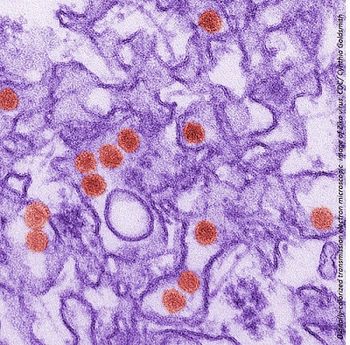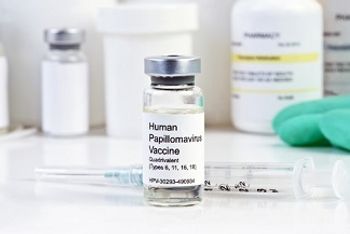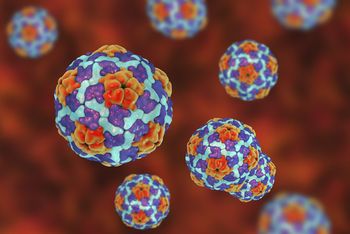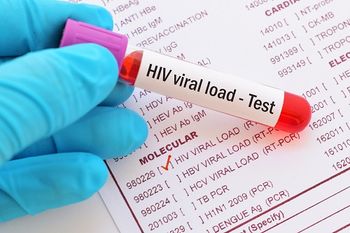
The FDA has just approved the first two-drug regimen for treating certain individuals living with HIV.

The FDA has just approved the first two-drug regimen for treating certain individuals living with HIV.

Researchers from Columbia University have developed their own “nowcasting” model, which leverages online search trends to gain a picture of current, local influenza outbreaks.

In an exclusive interview with Contagion®, Maureen Spencer, Accelerate Diagnostics, discusses different strategies to prevent and control C. difficile in health care facilities.

A review in Trends in Microbiology provides insight into the role of biofilms in the pathogenesis of polymicrobial infectious diseases.

We cover 10 things you need to know about HIV viral suppression, according to the National Institute of Allergy and Infectious Diseases.

According to a recent dispatch from the Centers for Disease Control and Prevention, a drug-resistant strain of Neisseria gonorrhoeae was found in Canada this year.

In a new study, researchers have learned more about a toxin produced by an E. coli strain to communicate with neighboring bacteria.

Treatment with a protease inhibitor plus raltegravir was found to offer no benefit over a protease inhibitor plus nucleoside reverse-transcriptase inhibitor regimen in patients with HIV.

Stay up-to-date on the latest infectious disease news by checking out our top 5 articles of the week.

World Toilet Day, November 9th, is dedicated to promoting awareness and inspiring action against the global sanitation crisis.

What microbial growth was found after Contagion® writer, Saskia Popescu swabbed & sent her samples?

The results of a new study suggest that naturally-acquired immunity against the Zika virus may already occur in women in endemic regions of the world.

A testing stewardship effort found that using a “hard stop” alert system may help reduce inappropriate C. difficile testing.

A research team has found that an antiviral drug available in Russia and a few other countries shows promising results when it comes to fighting Ebola virus disease.

Researchers are gaining a greater understanding of the role that human genetics plays in determining who contracts tuberculosis as well as how severely it impacts its victims.

A recent study seeks to determine if the combination of minocycline with colistin could decrease the incidence of acute renal failure in those treated.

The latest WHO External Situation Report suggests that the plague outbreak that has been ravaging Madagascar for months may finally be winding down.

At a recent event called "The Next Pandemic," researchers agreed that the world is not ready for the next big flu pandemic and discussed what it will take to strengthen preparedness.

Congress has requested more information about how government agencies are currently using predictive modeling and simulation technologies to assess the country’s risk for outbreaks and prepare responses.

Researchers have found that human papillomavirus (HPV) vaccine may also protect against recurrent respiratory papillomatosis, a rare, but incurable childhood respiratory disease.

Clinicians should counsel individuals with HIV on avoiding health-related behaviors that may alter their gut microbiota and instead practices those that may decrease inflammation.

The FDA has approved the first sensor-equipped pill capable of digitally tracking whether patients are adhering to their prescribed medications.

The results of a new study may provide a basis for estimating appropriate dosing regimens of ceftolozane/tazobactam in patients with cystic fibrosis.

A recent outbreak of Legionnaires’ disease at Disneyland in Anaheim, California, shows that even the “happiest place on earth” isn’t immune to this virulent pathogen.

As the hepatitis A outbreak in San Diego continues, officials focus their efforts on homeless encamped along the San Diego River. Is the situation improving or getting worse?

A new study suggests that village clinics are not properly dealing with the ongoing problem of tuberculosis in rural China.

With 264 vaccines in the pipeline in the United States, the future for the prevention of diseases appears to be extremely bright.

Hospital employees are increasingly using hospital infection rates to highlight gaps in training, education, and staffing.

Stay up-to-date on the latest infectious disease news by checking out our top 5 articles of the week.

Studies have proven that undetectable levels of HIV mean an individual cannot transmit the virus to someone else. Now the word needs to spread.